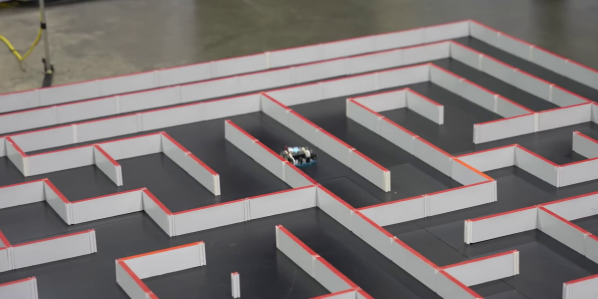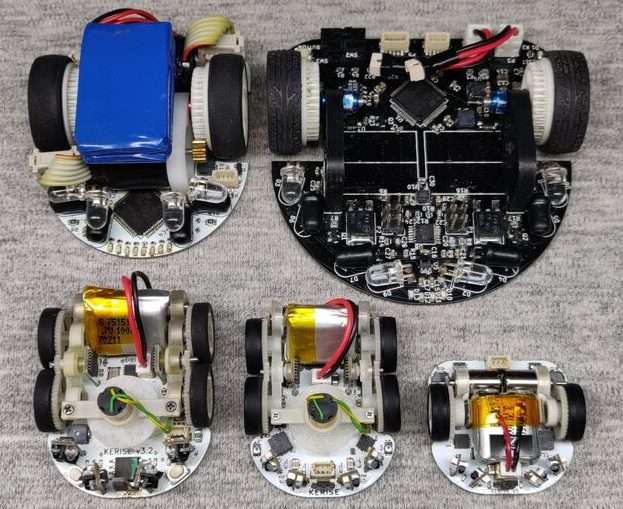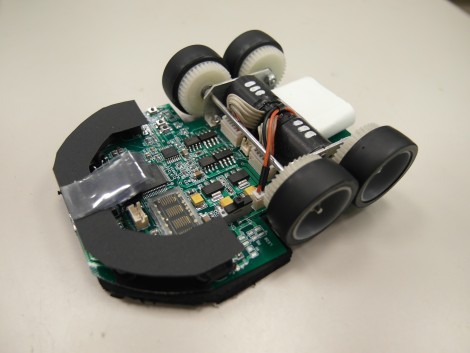You would think there are only so many ways for a robotic mouse to run a maze, but in its almost 50 year history, competitors in Micromouse events have repeatedly proven this assumption false. In the video after the break, [Veritasium] takes us on a fascinating journey through the development of Micromouse competition robots.
The goal of Micromouse is simple: Get to the destination square (center) of a maze in the shortest time. Competitors are not allowed to update the programming of their vehicles once the layout is revealed at the start of an event. Over the years, there have been several innovations that might seem obvious now but were groundbreaking at the time.
The most obvious first challenge is finding the maze’s center. Simple wall following in the first event in 1977 has developed into variations of the “flood fill” algorithm. Initially, all robots stopped before turning a corner until someone realized that you could cut corners at 45° and move diagonally if the robot is narrow enough. The shortest path is not always the fastest since cornering loses a lot of speed, so it’s sometimes possible to improve time by picking a slightly longer router with fewer corners.
More speed is only good if you can keep control, so many robots now incorporate fans to suck them down, increasing traction. This has led to speeds as high as 7 meters/second and cornering forces of up to 6 G. Even specks of dust can cause loss of control, so all competitors use tape to clean their wheels before a run. Many winning runs are now under 10 seconds, which require many design iterations to increase controllable speed and reduce weight.
All these innovations started as experiments, and the beauty of Microhouse lies in its accessibility. It doesn’t require much of a budget to get started, and the technical barrier to entry is lower than ever. We’ve looked at another Micromouse design before. Even if they aren’t micromice, we can’t get enough of tiny robots.


















